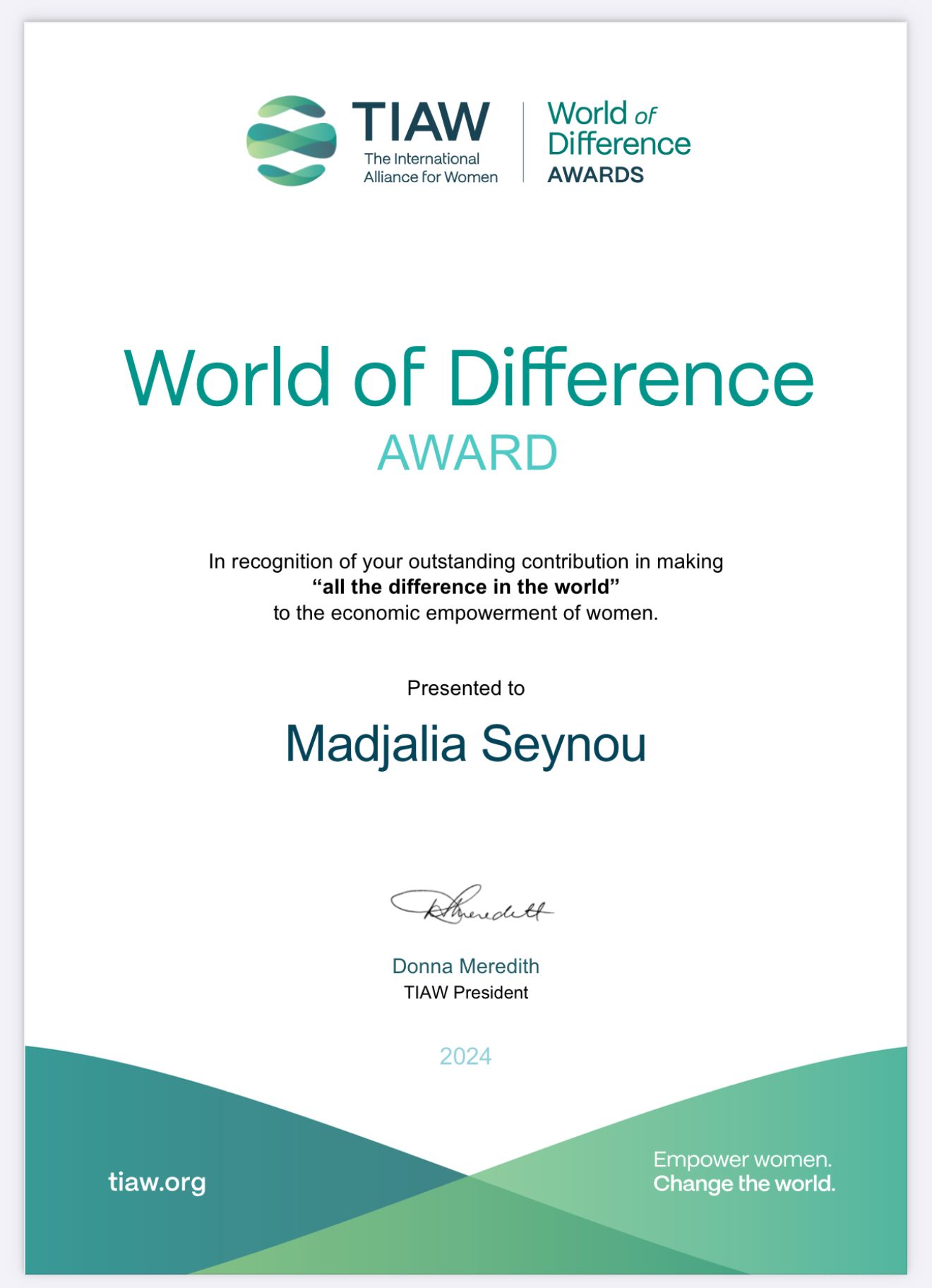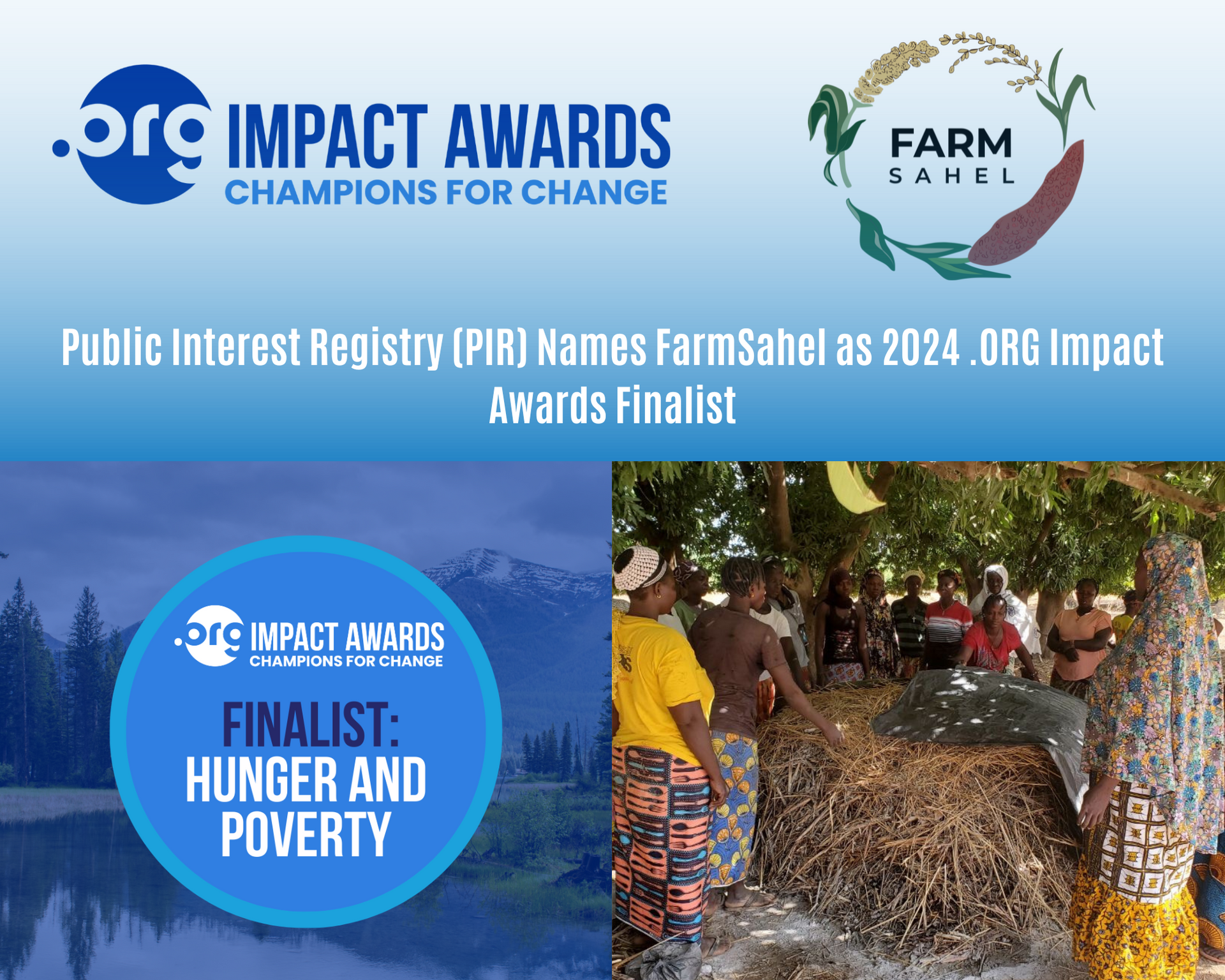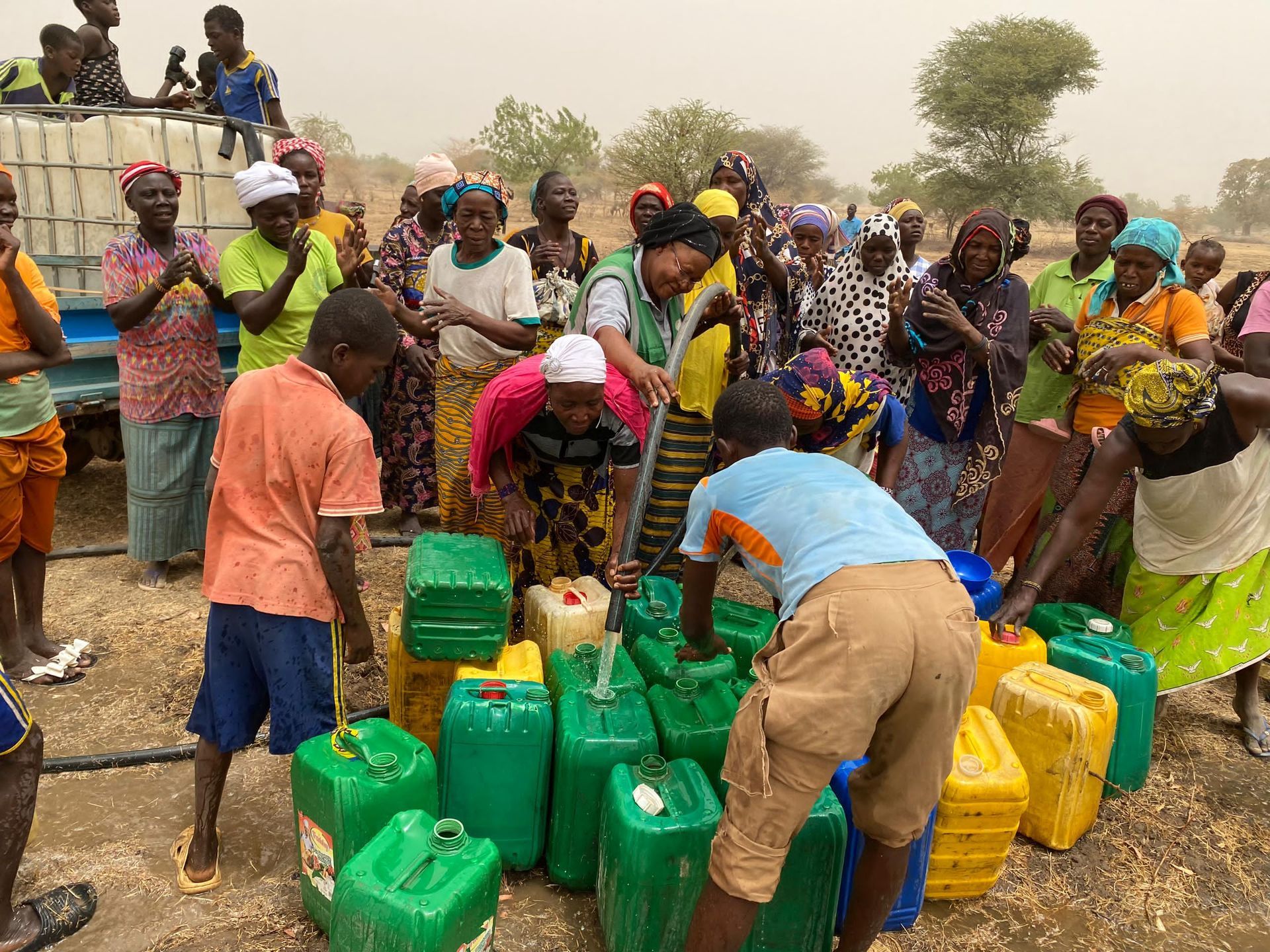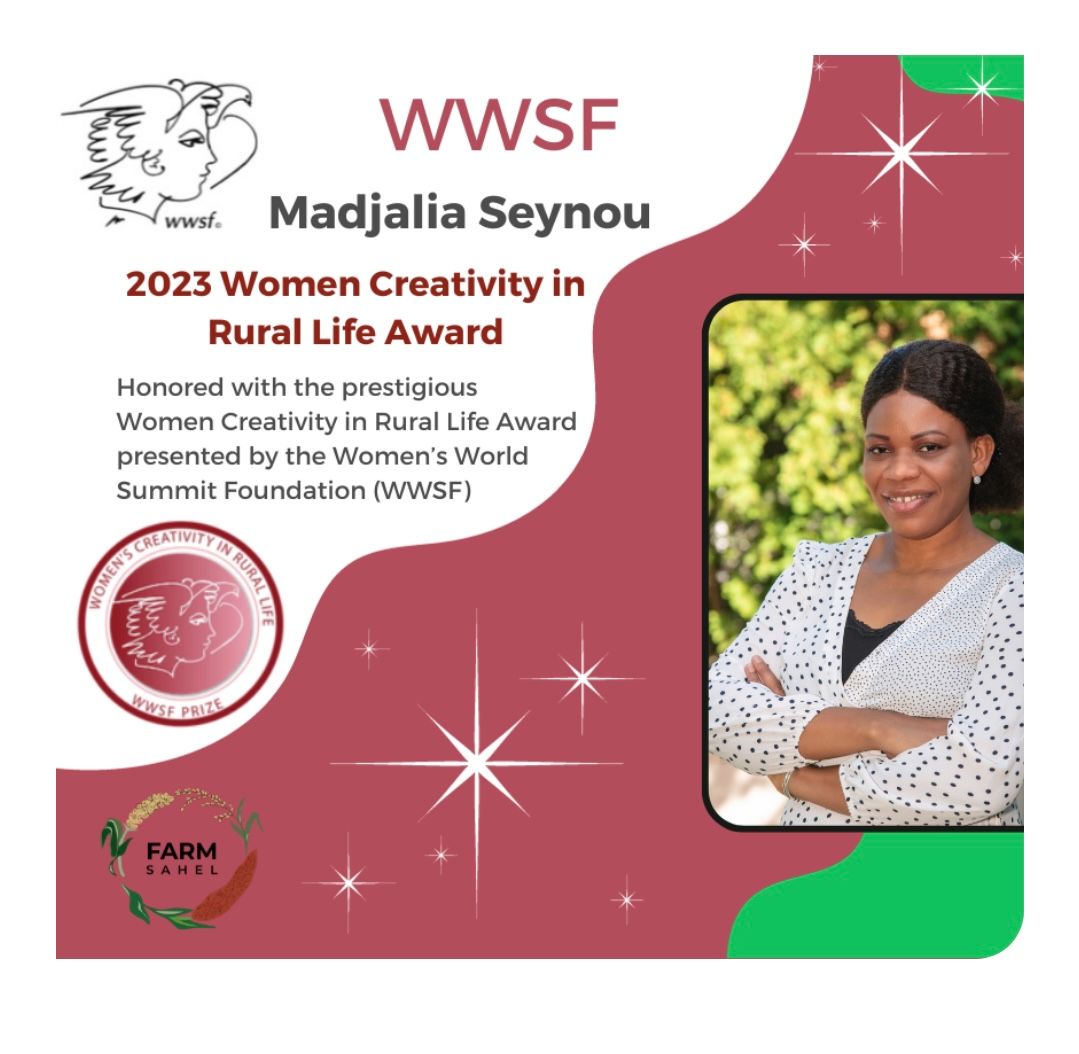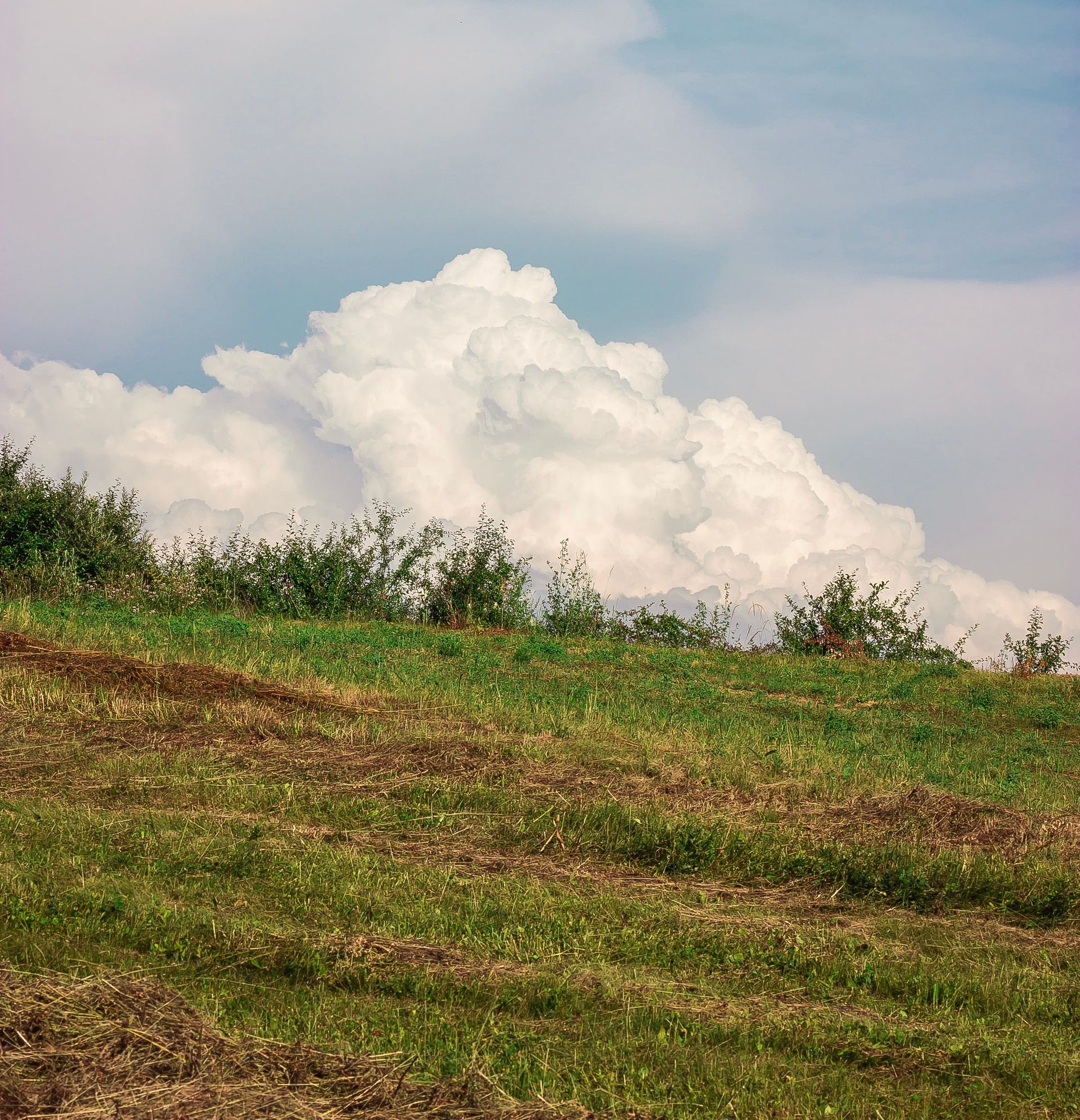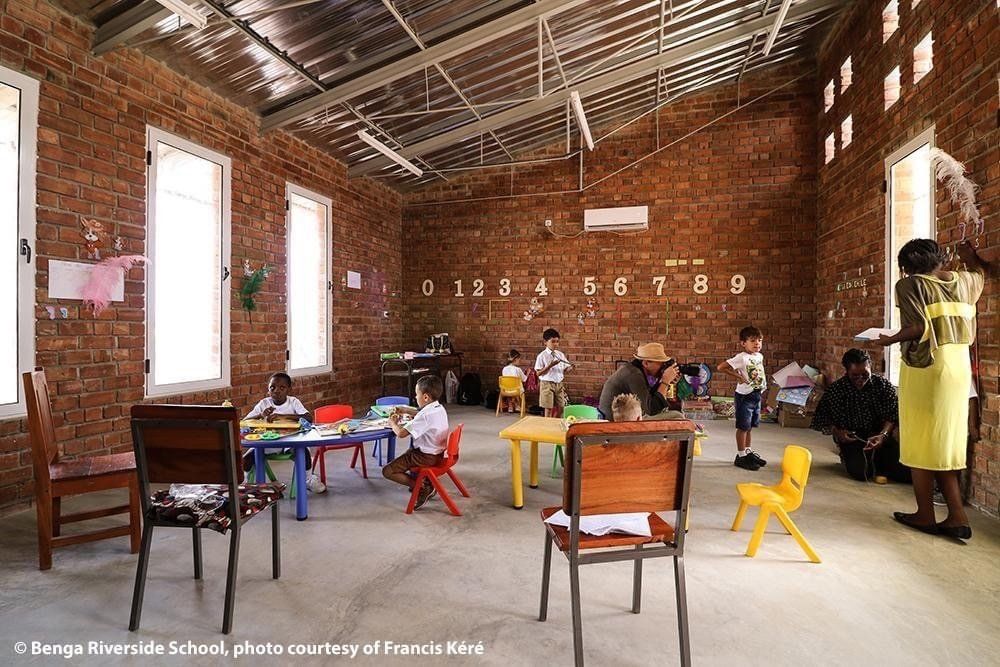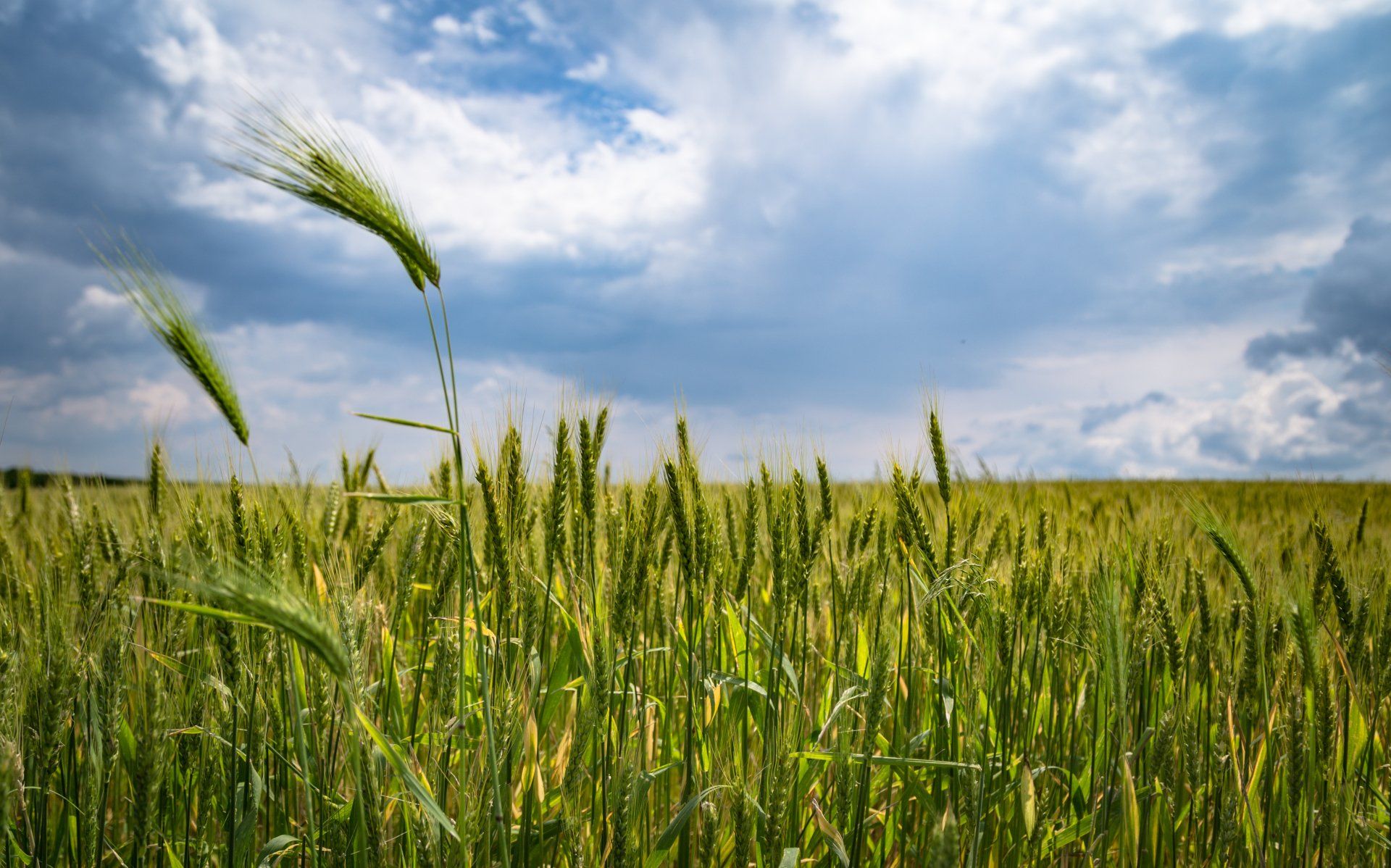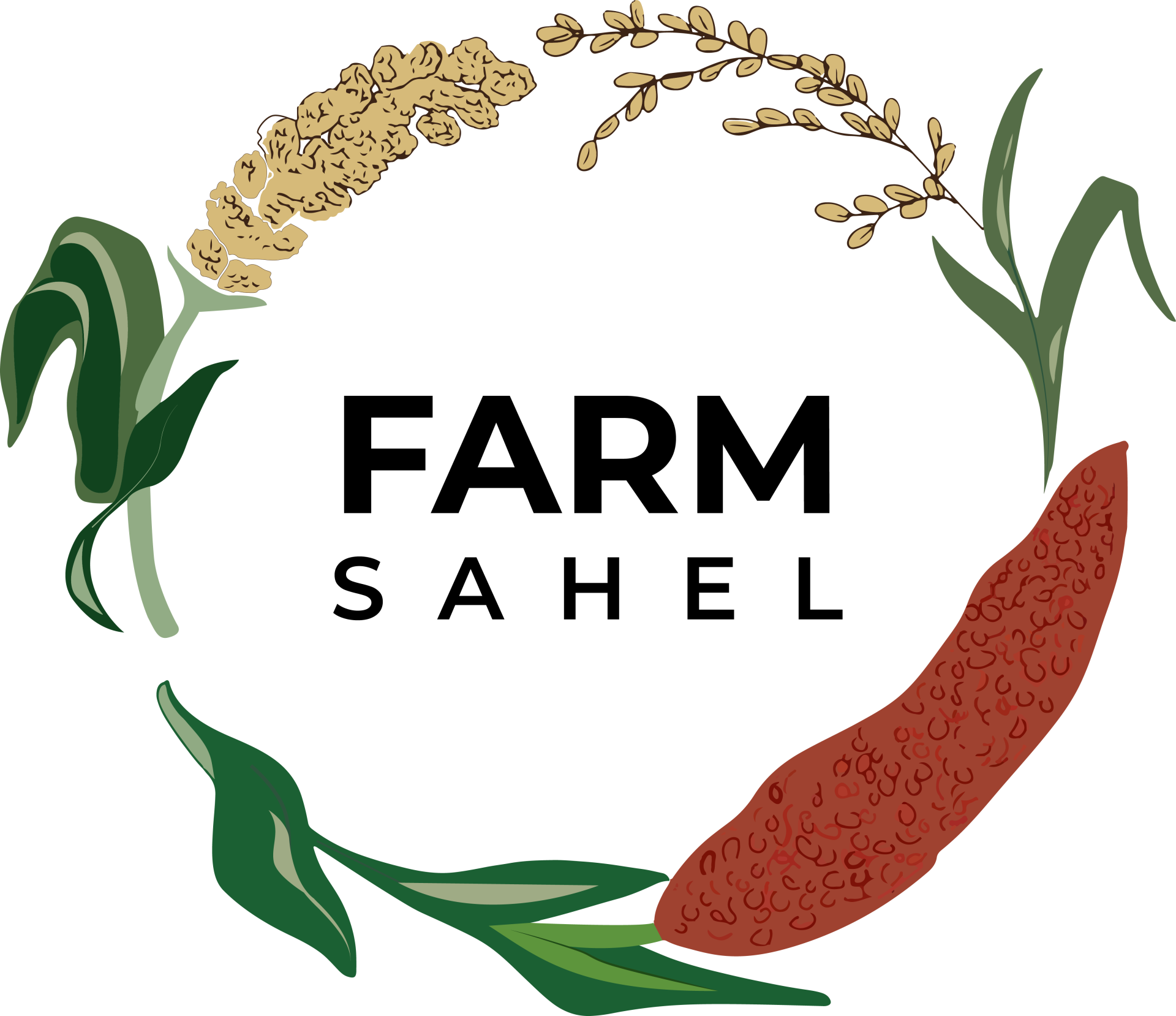Cowpea: the most versatile crop in West Africa
FarmSahel recently made a generous 10,000 USD donation to 438 women of the rural village of Bindè which included pesticides and sprayers. However, the most important item and one that has the potential to kickstart the community’s economy and reduce food insecurity is the one ton of Cowpeas. This simple-looking grain is indigenous to West Africa and has been spread around the globe. This plant’s versatility makes it a useful crop for farmers from poor countries. The different uses for each part of the plant let it spread through multiple continents though its roots are still implanted in Africa. In West Africa alone, 10.5 million hectares of land are used for the cultivation of Cowpeas. The Food and Agriculture Origination of the United Nations estimated that 83.4% of the 6.99 tonnes of global cowpea production came from West Africa in 2016. The Cowpea is not a simple crop, it is ingrained into the culture of many West African villages.

The Cowpea plant itself is resilient to the conditions presented to the Bindè farmers. The plant fixates nitrogen allowing it to grow in low-quality soil. It is also drought-resistant so farmers do not have to rely on the continually shortening rainy season for Cowpeas to grow. This plant only takes about 55 days to mature. In turn, this lowers the hungry period that plagues families and stunts children in Burkina Faso and throughout West Africa. In addition to the growth benefits of this simple bean, the plant is used for multiple purposes throughout its life cycle. Early bean pods are used, similarly to snap beans, in recipes that have been passed down for generations. The leaves of Cowpea plants are essential for high-quality animal feed, nutrients for humans, and their market value. The peas themselves are very rich in nutrients and protein, making them ideal for reducing food insecurity. Correctly cultivating the Cowpea crop can be a major factor in helping the 20% of women and children suffering from chronic malnutrition in Burkina Faso.
While this simple plant seems to be a complete benefit to rural farmers, some major drawbacks are affecting plant output and the nutritional longevity of the leaves and grains of Cowpea plants. Most notably is the Cowpea’s short shelf-life once it is harvested. Handling, production practices, distribution, and market dynamics all contribute to a decline in the Cowpea’s beans and leaves nutritional value. Further, many rural farmers, including the women of Bindè, do not have the proper facilities to store Cowpeas and their leaves. This not only drastically lowers the nutritional content but also lowers the saleable value of the crop.

A second drawback is possessing the knowledge of farming the crop and using the correct technique to ensure the highest yield. According to a recent study by Owade et al. harvesting Cowpea leaves at specific intervals can increase yield. They found that stopping leaf harvesting entirely 7 weeks after emergence reduced grain yield by 50-70%. When increasing the frequency of leaf harvesting from 7-day to 14-day intervals, leaf yields increased by almost 100%. The cultivation, handling, processing, and storage of Cowpeas and their leaves can make all the difference. This is why it is imperative that FarmSahel continues to receive support to train and assist women farmers.

Known as the Orphan Crop in the academic community the Cowpea has been extremely understudied. Its use in poor countries has severely limited the profitability of research and development that goes into other crops. The few and limited Cowpea programs are trying to produce a plant that is more resistant to pests and diseases which are often a devastating issue in West Africa. With biotechnology accelerating rapidly, the ever-important Cowpea has gotten no attention. With more international support and research, the Cowpea plants can produce higher yields, have a longer more nutritional shelf life, and add additional desirable traits. Timko et al. explains that with modest support great molecular improvements can be brought to the Cowpea plant.

Until then, the Cowpea will continue to be an essential part of life in Bindè and West Africa but without proper understanding, technique, and cultivation of the crop farmers are not maximizing their gains. With more support, FarmSahel will be able to teach and support rural farmers about better farming practices and how to care for the life-saving Cowpea.
Owade, Joshua O., et al. “A Review of the Contribution OF COWPEA Leaves to Food and Nutrition Security in East Africa.” Food Science & Nutrition, vol. 8, no. 1, 2019, pp. 36–47., doi:10.1002/fsn3.1337.
Timko, Michael P, et al. “Chapter 3 Cowpea.” Genome Mapping and Molecular
Breeding in Plants, vol. 3, 2007, pp. 49–67., doi:10.1.1.475.2924.
